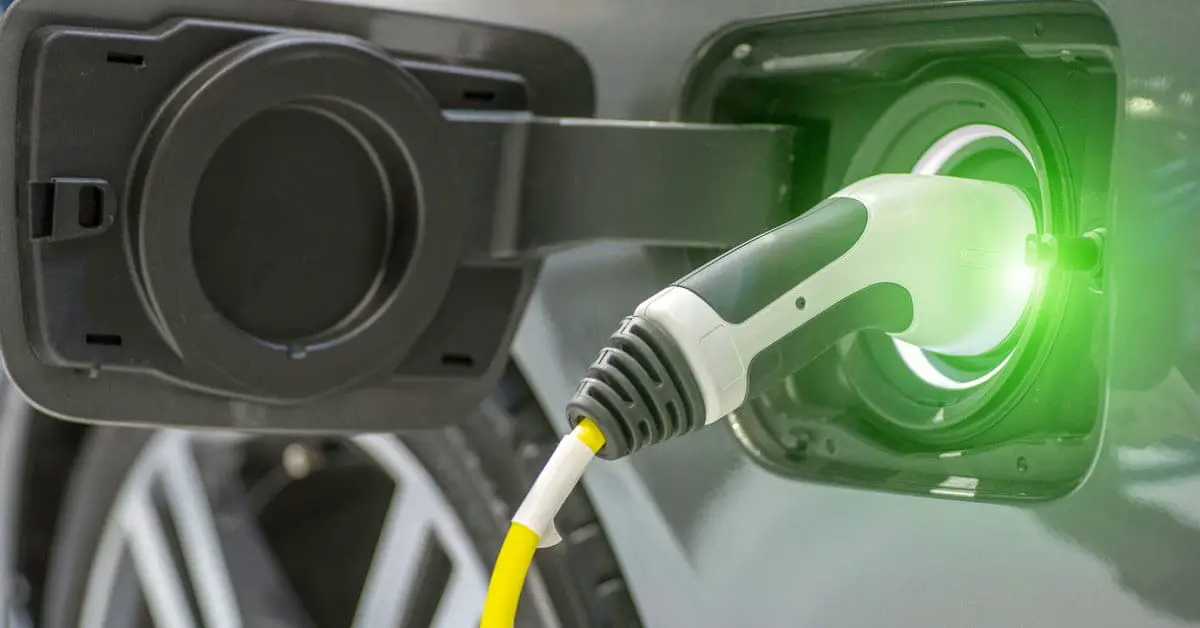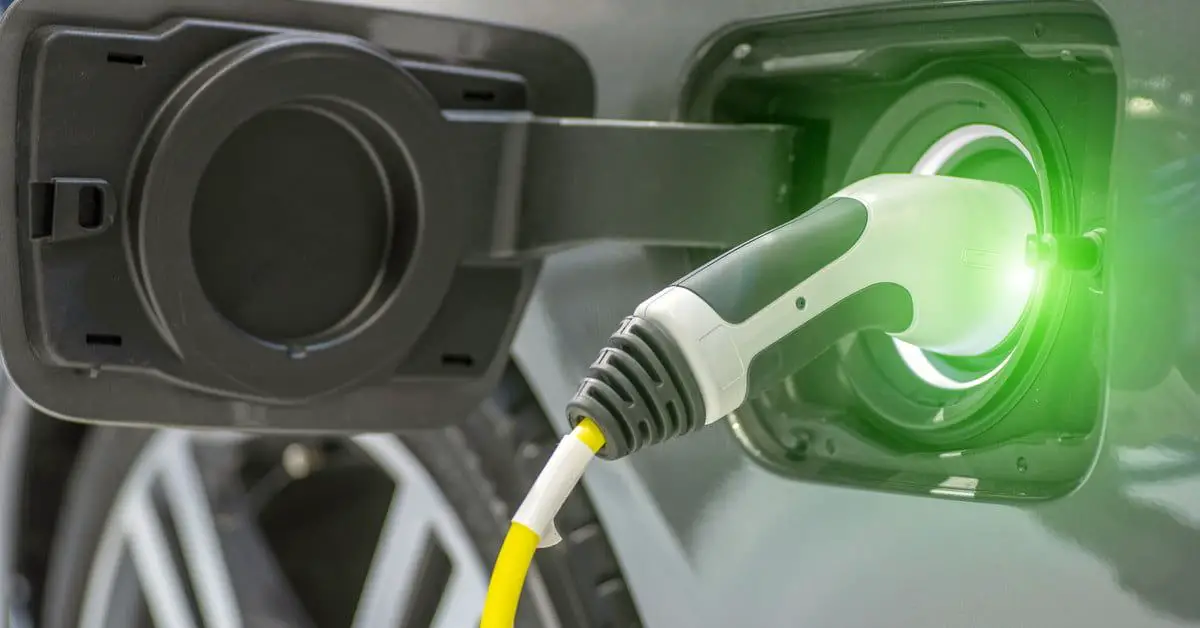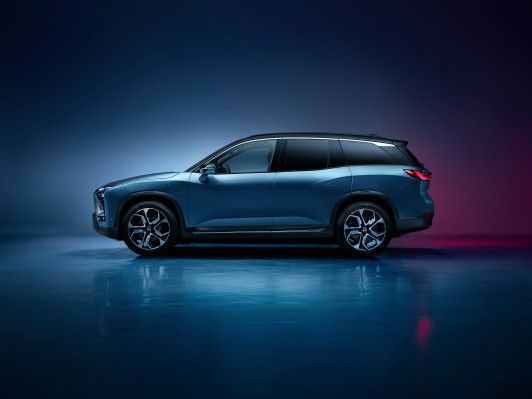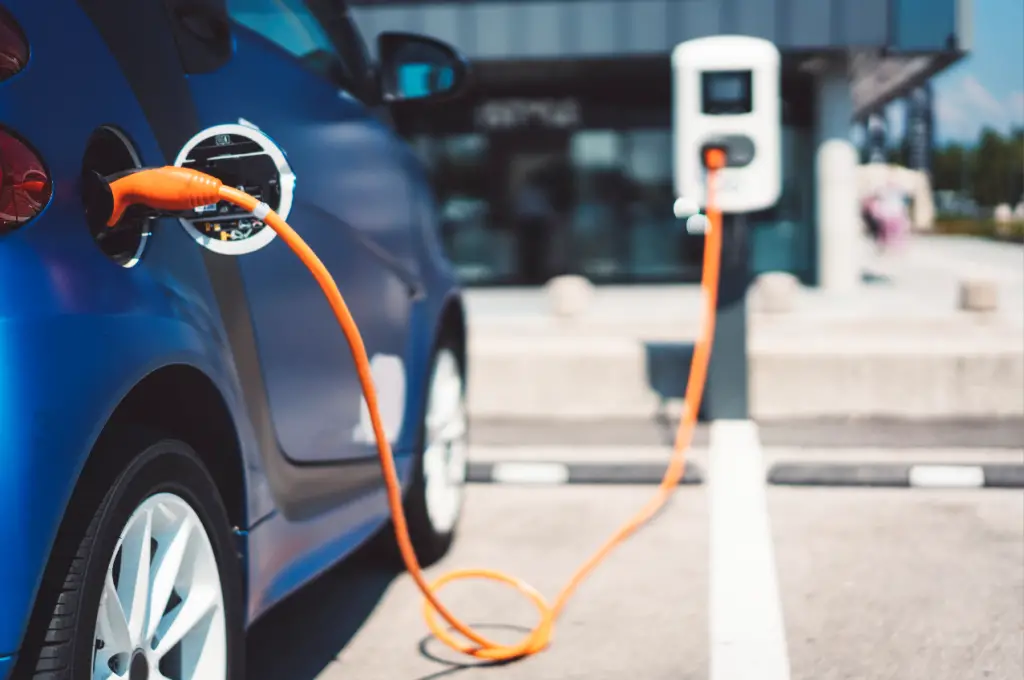Governments to slash the prices of charging EVs and the progress.


Charging your electric car at home is much cheaper compared to using public charge points. Therefore, governments need to make charging infrastructure accessible and reliable. Additionally, they need to make sure the people in the rural areas have access to electricity. For example, in the United Kingdom, the government plans to ban the sale of petrol and diesel cars by 2030 and hybrids by 2035. It means a majority of the vehicles that will be on the road by 2050 will be electric or hydrogen fuel cells and other non-fossil fuel technology.
Currently, the gap between charging an EV at home and at public stations is expensive, hence a need for consumers to be protected from excessive charges. Real estate and property developers are to provide public charging stations.
Charging electric vehicles should be convenient, straightforward, and inexpensive and drivers must not be disadvantaged by where they live or how they charge their vehicles. In addition, drivers who live in rural or remote areas or who do not have off-street parking risk being left behind. By end of 2019, electric vehicles had been deployed in over 100 countries. this growth passenger vehicles sales had surpassed 7 million twice as it took conventional hybrids. Despite having greater cost and infrastructure barriers to overcome.
In China, passenger vehicle sales reached 3.66 million accounting for 48% of the global stock. Other top ten markets in terms of cumulative sales of passenger electric vehicles include United States, Germany, Norway, the United Kingdom, the Netherlands, France, Canada, Japan, and Sweden. All of these markets have incentives regulations, incentives, charging infrastructure deployment, and consumer promotion actions to spur electric vehicles uptake.
There have been approximately 18,000 cumulative hydrogen fuel cell vehicle sales globally from 2013 through 2019, with most of these sales in the United States (44%), South Korea (28%), and Japan (20%). Cumulative sales of heavy-duty electric vehicles were less than 1 million through 2019, with over 98% found in China.
Electric vehicle shares of new passenger vehicle sales are increasing, reaching a record-high of nearly 3% globally in 2019. Norway achieved an electric vehicle share of 58% in 2019, ranking first globally. This is the first time that the electric vehicle share of a national-level market exceeded 50%. Nine metropolitan areas have deployed more than 100,000 passenger electric vehicles through 2019. The top two cities, Shanghai and Beijing, both had more than 300,000 passenger electric vehicles. China accounted for six of the top ten local markets for passenger electric sales in the world.
More than a dozen countries have proposed timelines to transition to all zero-emission vehicles within the next three decades. In addition, many states and provinces have set more aggressive goals than their national governments, and cities, in particular, have been targeting a much faster transition.
Governments at all levels have leveraged a variety of policy tools to overcome EV barriers and stimulate the market.
The policy measures include regulations to ensure high EV model availability, financial incentives to make EVs cost-competitive, charging infrastructure to ensure EVs are convenient, and campaigns to increase consumer awareness. The highest EV-uptake markets have all such actions in place, and they also tend to learn from international cooperation platforms to accelerate their transition to electric vehicles. Although regulation at the EU level has been implemented through 2030, European governments have by and large not converted their 100% zero-emission goals to enforceable laws. The other top markets of China and the United States have several pioneering local markets, but otherwise are due for updated policies to ensure they are on paths toward a full transition to zero emissions.

Since 2019 there has been progressing to transition to electric vehicles but not all continents have fully switched. vehicles are still at an early stage. Norway is the only country that appears to be truly on track to meet its electric vehicle goal. If Norway continues to grow at its current rate, it could achieve its 100% electric vehicle share goal in 2025. The other jurisdictions with vehicle electrification ambition will need to make significant progress to meet their targets. Continued policy support, as well as innovations in-vehicle technology and progress in infrastructure build-out, will be needed to accelerate growth rates and ensure that the goals for full vehicle electrification are achieved.
The charging infrastructure problem
There are several reasons that have been documented on why EV charges slow. Some include:
i) Lack of charging infrastructure 3 is one of the biggest roadblocks. Over half of drivers surveyed by the Department for Transport (UK) indicated that charging concerns are preventing them from adopting EVs. The case for investing in charging infrastructure relies heavily on the level of EV uptake, and EV uptake is dependent on the prevalence of charging infrastructure.
ii) Cost is also a barrier to expanding the EV charging network. First, public charging infrastructure is expensive, particularly for rapid chargers. The expense is due to higher operating and maintenance costs, including rent and insurance, relative to home and workplace charge points. Second, overall costs are uncertain –a charge point's exact location will have an impact on whether additional utility works are required. Finally, in the context of public transport fleets, particularly buses, operators face the risk of sunk costs associated with investing in infrastructure along particular routes. If a private operator contracts with a public authority to operate services on a given route, the risk materializes if the underlying operating contract falls away and the operator has infrastructure at fixed locations it can no longer use.
On a macro level, the question is: who should be responsible for delivering charging infrastructure? It is likely that collaboration between the public and private sectors will be key to expanding charging infrastructure in the UK. We consider below the current and potential future actions that public and private sector entities are taking or could take to accelerate charging infrastructure installation.

The charging infrastructure problem
There are several reasons that have been documented on why EV charges slow. Some include:
i) Lack of charging infrastructure 3 is one of the biggest roadblocks. Over half of drivers surveyed by the Department for Transport (UK) indicated that charging concerns are preventing them from adopting EVs. The case for investing in charging infrastructure relies heavily on the level of EV uptake, and EV uptake is dependent on the prevalence of charging infrastructure.
ii) Cost is also a barrier to expanding the EV charging network. First, public charging infrastructure is expensive, particularly for rapid chargers. The expense is due to higher operating and maintenance costs, including rent and insurance, relative to home and workplace charge points. Second, overall costs are uncertain –a charge point's exact location will have an impact on whether additional utility works are required. Finally, in the context of public transport fleets, particularly buses, operators face the risk of sunk costs associated with investing in infrastructure along particular routes. If a private operator contracts with a public authority to operate services on a given route, the risk materializes if the underlying operating contract falls away and the operator has infrastructure at fixed locations it can no longer use.
On a macro level, the question is: who should be responsible for delivering charging infrastructure? It is likely that collaboration between the public and private sectors will be key to expanding charging infrastructure in the UK. We consider below the current and potential future actions that public and private sector entities are taking or could take to accelerate charging infrastructure installation.

Lessons from Norway
Other countries with successful EV uptake could inspire and inform the UK Government's approach. Norway is the world leader in EV adoption in terms of the percentage of zero-emission vehicles on the roads. Data from CleanTechnica shows that in August 2020 the plug-in passenger vehicle market share in Norway reached 70.2 percent. By contrast, data from NextGreenCar shows that the combined EV market share in the UK in August 2020 was 9.8 percent. Norway appears to have resolved, or perhaps circumvented, the chicken or egg problem, achieving not just a critical mass of EVs, but a market majority of EVs.
To encourage the transition to zero-emissions vehicles, the Norwegian government combined tax incentives with significant public investment in charging infrastructure. A Norwegian state enterprise, Enova, initially funded a EUR 7 million EV infrastructure program which provided 1,900 charging points by 2011, a case study report to the European Commission on Norway's EV initiatives described. Enova has continued to support charging infrastructure projects since. With a recent program, NOK 50.5 million (EUR 4.62 million) was allocated to fast-charging infrastructure for EVs through three rounds of competitive bidding, as reported by the Norwegian Ministry of Petroleum and Energy's "Energy Facts Norway".
With its current package of promised investment in charging infrastructure, the UK Government's approach to amplifying charging infrastructure appears to echo Norway's. However, while it is easy to draw parallels, it is important to recognize that differences in circumstances, such as population, geography, economy, and existing capabilities will mean the UK needs a tailored approach.
We anticipate that the UK's Transport Decarbonization Plan, to be published later this year, will detail how the UK plans to stimulate the EV charging infrastructure market, as well as further strategies to support the transition to EVs.
Source:
i) Hongyang Cui, Dale Hall, and Nic Lutsey (2020) Update on the global transition to electric vehicles through 2019
ii) Crystal Yuen, Junior Associate and Abigail Harvey, Junior Associate (2020) Charging in Progress: the Future of Electric Vehicle Charging Infrastructure in the UK




